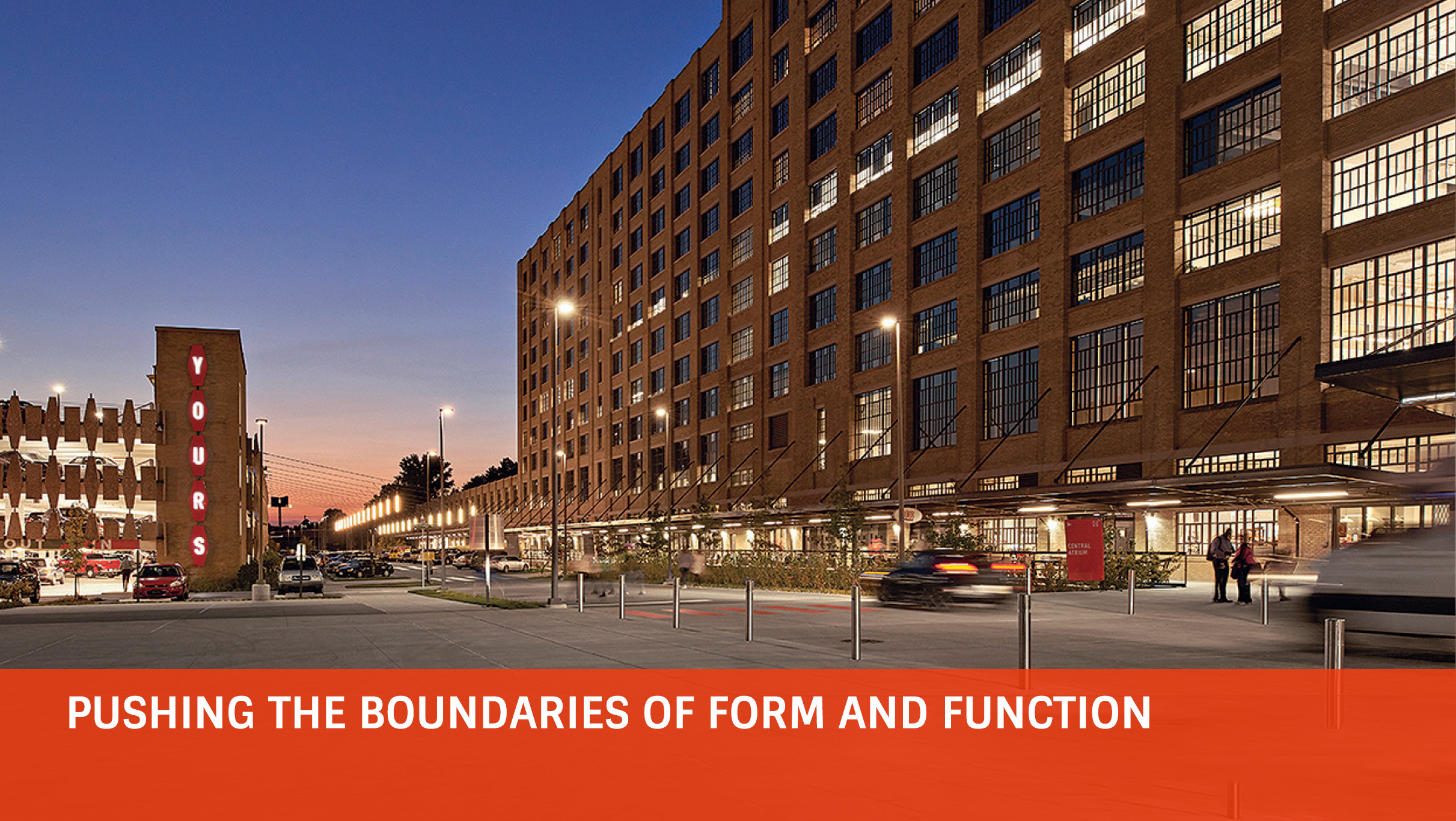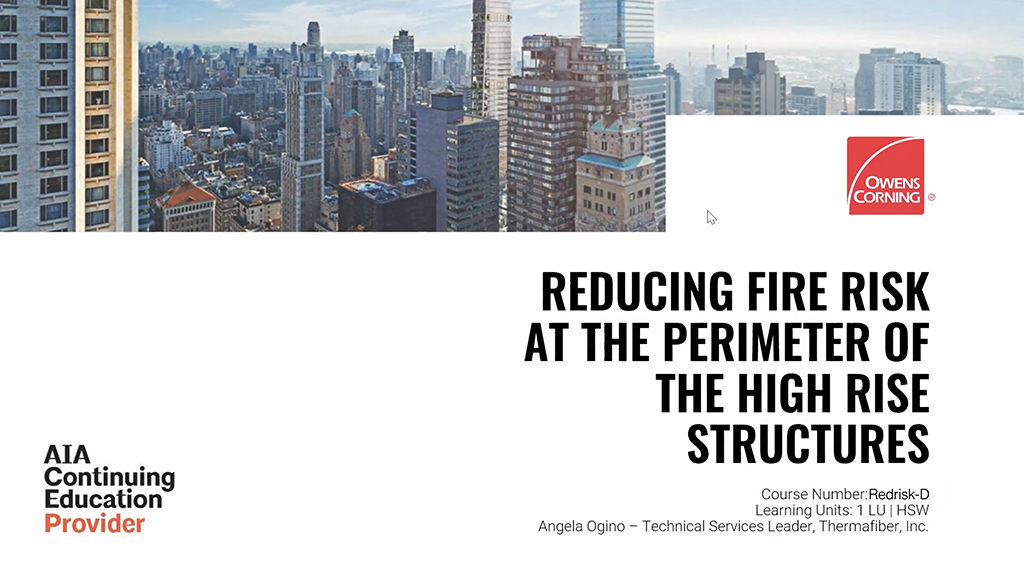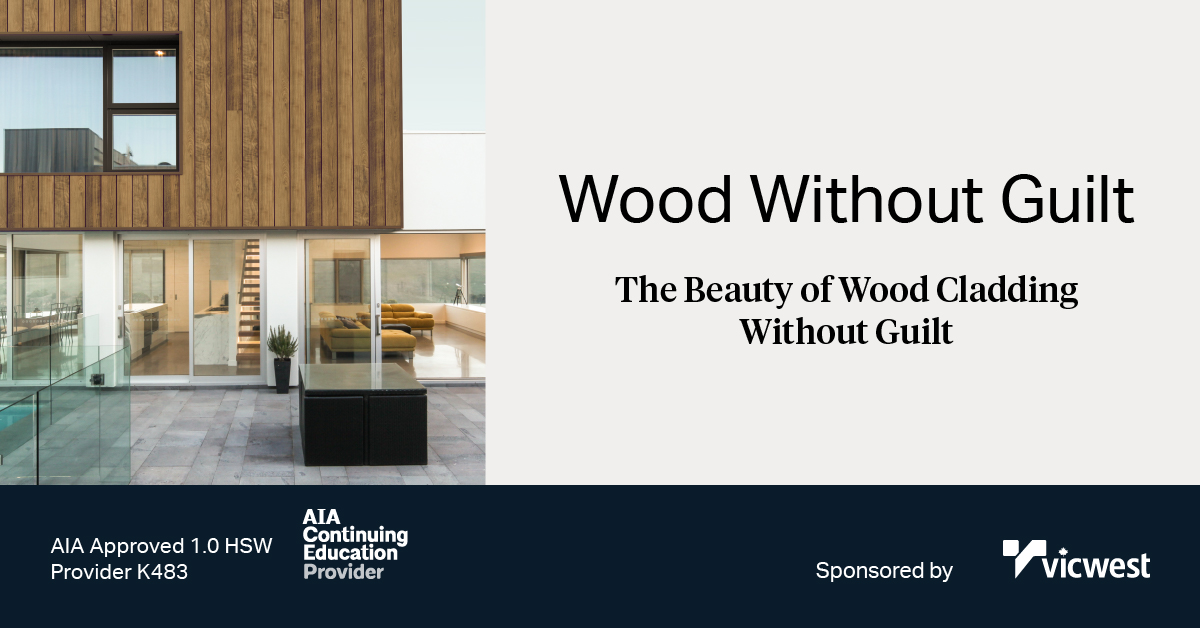
Pushing the Boundaries of Form and Function
As architects and clients alike demand the creation of what’s next, design teams rely on new product systems and solutions to help them push the boundaries of form and function. This article profiles a few solutions that enable architects to create distinct building envelopes that don’t sacrifice on the efficient performance or sustainable design considerations that also occupy prominent spots on almost every client’s wish list.
HSW Justification:
This article explores solutions that enable architects to deliver a desired aesthetic that also performs efficiently and offers sustainable design benefits. For example, thermal barriers in the aluminum framing that hold the glazing in place allows architects to complete historic renovation projects that exceed thermal performance targets, without compromising the integrity of the historical aesthetic. Composite metal panel systems that support very unique applications and creative demands from design teams can also offer top-tier performance in terms of fire-, water-, and impact-resistance. Extruded aluminum trim beautifully meshes different types of exterior cladding, while helping the envelope to better manage moisture.
Learning Objective 1:
Explain how incorporating thermal barriers into the aluminum framing in the fenestration of the Crosstown Concourse helped the project become the world’s largest LEED Platinum historic rehabilitation project, while maintaining the integrity of its historic aesthetic.
Learning Objective 2:
Specify a composite metal panel system that offers the resistance to fire, water, and impact best-suited to the needs of a particular project.
Learning Objective 3:
List the aesthetic and sustainability-related benefits of specifying extruded aluminum trim on an exterior cladding.
Learning Objective 4:
Describe how the different finishes of precast concrete used in the façade of the Ale Asylum were reverse engineered to perfectly match the concept originally pitched and accepted by the city.





